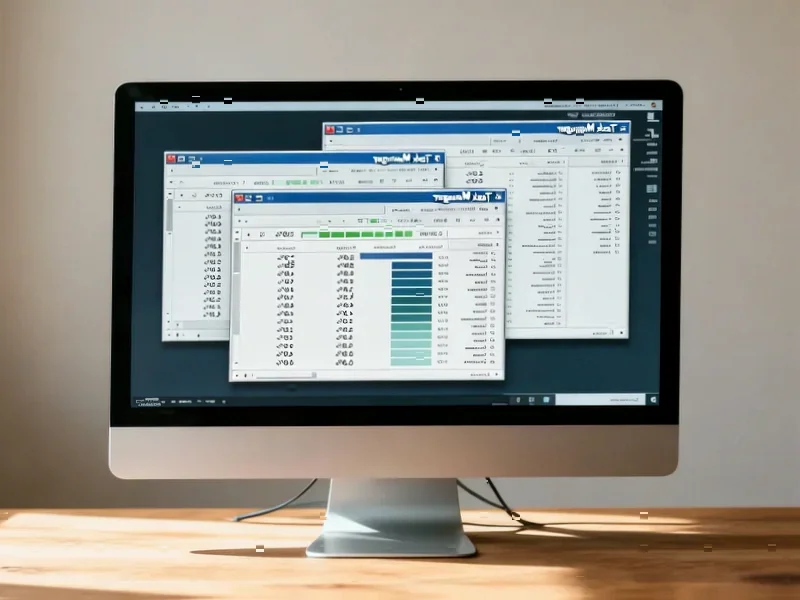According to Forbes, Microsoft has confirmed a bug that’s incorrectly displaying “Your version of Windows has reached the end of support” warnings to Windows 10 users. The message falsely claims devices “are no longer receiving security updates” even when Extended Security Updates are active. This glitch affects users who’ve either paid for ESU or agreed to sync PC settings to maintain support. While Windows 10’s mainstream support ended on October 14, 2025, users can actually opt into Extended Security Updates until October 2026. Microsoft says the bug only affects message display and doesn’t impact actual security update delivery. The company is rolling out a server-side fix to resolve the incorrect warnings.
The not-so-subtle nudge
Here’s what’s really interesting about this bug. The message reportedly doesn’t disappear unless users install Windows 11 version 25H2 or 24H2 LTSC. That’s quite the coincidence, isn’t it? While Microsoft calls it a bug, the timing and behavior feel suspiciously like a feature. They’re essentially scaring users into thinking they’re unprotected when they’re actually fine—unless they upgrade to Windows 11.
Think about it from Microsoft’s perspective. They’ve been struggling with Windows 11 adoption for years. Now they’ve got this perfect opportunity to “accidentally” push people toward the latest version. The message creates genuine panic—who wants their computer to be vulnerable to security threats? So even if it’s technically a bug, the psychological effect is very real.
What Extended Security Updates actually mean
Basically, if you’re seeing this message but you’ve signed up for ESU, you’re still getting security updates. Microsoft confirmed that November 2025’s Patch Tuesday updates will still arrive. The protection is there—it’s just the warning that’s broken.
But here’s the thing about ESU: it’s not free. You’re either paying for it or you’re trading your privacy by syncing PC settings. And according to Windows Latest, this bug affects people who’ve already opted in. So even those playing by Microsoft’s rules are getting scared straight into Windows 11.
The Windows transition struggle
Microsoft’s been trying to move people off Windows 10 for what feels like forever. Windows 11 had hardware requirements that left millions of computers behind. Then there were the interface changes that frustrated longtime users. Now we’re seeing what happens when gentle nudges don’t work—you get “buggy” warnings that create real anxiety.
And let’s be honest—how many average users will understand this is just a display issue? Most people see “end of support” and assume the worst. They’ll either panic-upgrade to Windows 11 or worry they’ve missed some critical deadline. Neither reaction helps users feel good about Microsoft’s ecosystem.
The good news is Microsoft’s working on a fix. The bad news? We’ve seen this pattern before. “Bugs” that just happen to push business objectives. At least this time they admitted it quickly rather than letting the confusion linger for months.




